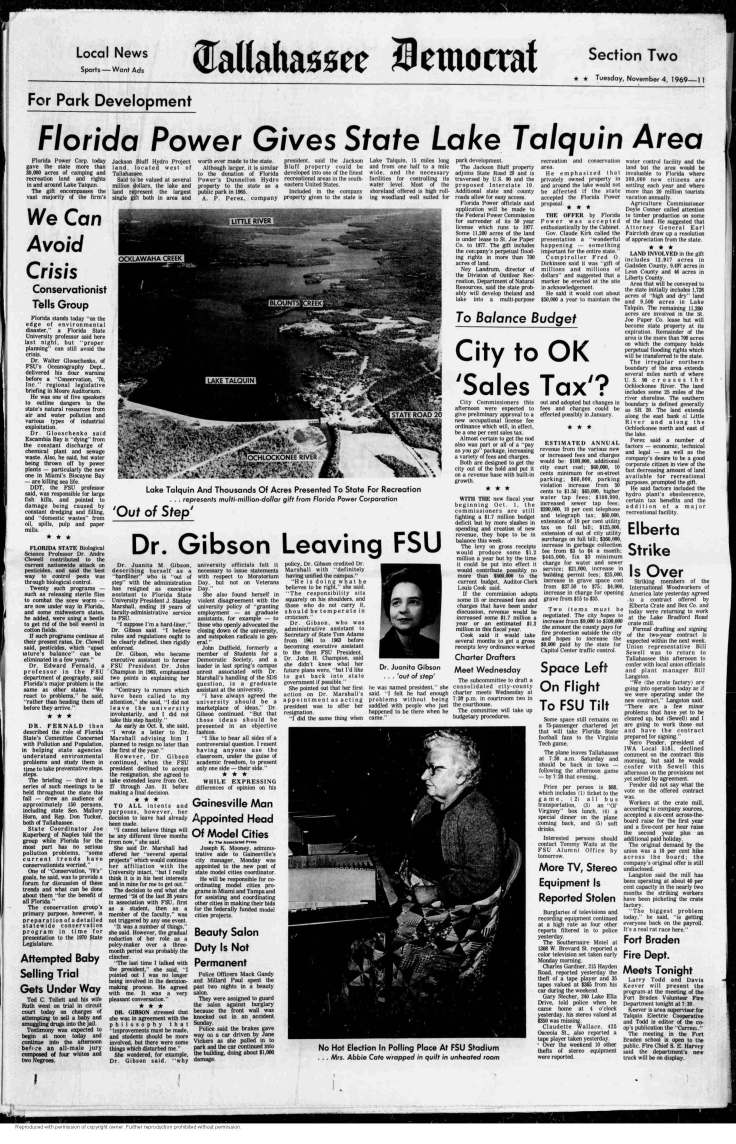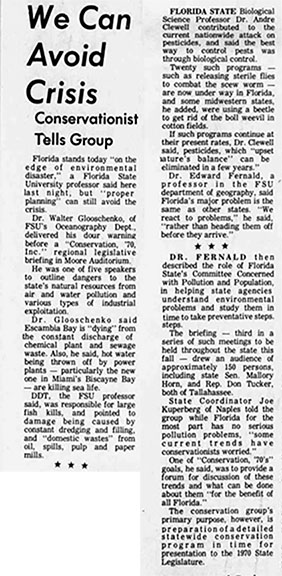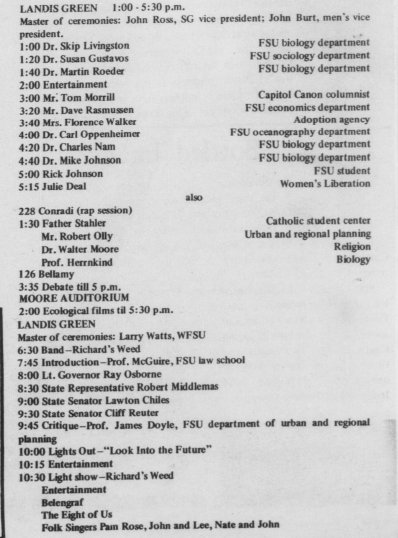In The Theory and Craft of Digital Preservation Trevor Owens discusses the history, definition, support, methods, and best practices for engaging in preservation of digital materials. Owens takes the reader through the scope of digital preservation in a small scale rural library up through a large scale public or research institution. He explains everything, and he explains it well, but why is it still so confusing? As someone who is in the process of completing a terminal degree in librarianship, has experience working with archival and digital collections, I still feel a little lost.
In order to engage in digital preservation, you first need to understand what it is and what it isn’t. It is the ongoing collection and facilitation of access to materials, it is not a singular process or simply backing up data. And while preserving fragile materials digitally is beneficial, there is no point if the materials are not accessible. It is a lot to digest, but once you know what it is, then the bigger obstacle becomes how do you do it?
Owens argues that no one simply “does” digital preservation. There is no magic tool that just takes a physical or even a born-digital item through the preservation process. Instead, there must be a plan for engaging in the process and an awareness that the process is never fully complete. With the constant change in technology, digital preservation must be constantly changing too. And new materials are constantly being created. It sounds complicated for a reason. It is.
So where is the best place to start? The section of Owen’s book that resonated the most with me was the need for a solid preservation intent and collections development policy prior to beginning the ongoing process of digital preservation. A digital collection policy should be integrated with the collections policy for physical items as well. And just because an organization may be looking to collect digital items relating to a topic, that doesn’t mean they need to collect ALL of those items. Owens gives the example of how several different entities with varying collections intents may be interested in various aspects of the same resource. He uses the video game World of Warcraft as an example and how one entity may be interested in aesthetic materials, another in design materials, and another in its corporate records (p.97).
So now we come to the truly confusing part, we have identified items but what do we do now? You need to make sure you have more than one copy of the item, in a format that will hopefully be around for a while, and you want to make it broadly accessible. Ideally, you should put in minimal work processing the materials, but maximize discoverability and access. Great! You have successfully engaged in the process of digital preservation!
And now, you get to do it all over again because the technology you used is obsolete.




